
All About Earth’s Materials: Covering this standard about Earth’s materials that include rocks and soil is about to become your favorite unit for Kindergarten. After dissecting this standard and pulling resources to make it hands-on and engaging, I am sure it is going to be a hit because Rocks Rock! All About Earth’s Materials is fun!
Beginning With the Standards for All About Earth’s Materials
Typically, I begin breaking down a unit by the standard that is given. In Georgia, our standard for this topic has changed slightly. Our Georgia Standard now reads:
SKE2. Obtain, evaluate, and communicate information to describe the physical attributes
of earth materials (soil, rocks, water, and air).
a. Ask questions to identify and describe earth materials—soil, rocks, water, and air.
b. Construct an argument supported by evidence for how rocks can be grouped by physical
attributes (size, weight, texture, color).
c. Use tools to observe and record physical attributes of soil such as texture and color.

I italicized the action words in the second half that I wanted to concentrate on. What should my friends be doing while they are learning? This is a huge goal in breaking down this standard.
Moving into Resources for All About Earth’s Materials
Next, I go on a hunt for great materials to help cover this topic. I start in my school library and then go from there. One of my goals is to include fiction and nonfiction text. I desire real pictures whenever possible, especially when it relates to science standards that I may not have actual materials on hand.
Rocky The Rock That Couldn’t Roll (This is a book about behaviors, but I could not resist the connection.)
Rhonda’s Rock Hunt (Fictional book)
Rocks and What We Know About Them
Rocks and Soil
Learning about Rocks
Dirt: The Scoop on Soil
Soil Basics
Rocks: Hard, Soft, Smooth, Rough
Let’s Go Rock Collecting
Since I wanted to concentrate on the term job of a Geologist, I wanted to transform my learners into geologists. I asked parents if anyone could grant us some helmets for our studies and at this price, a parent was more than willing. A parent grabbed these hats for us! We want our rock unit for kindergarten to be fun and engaging.
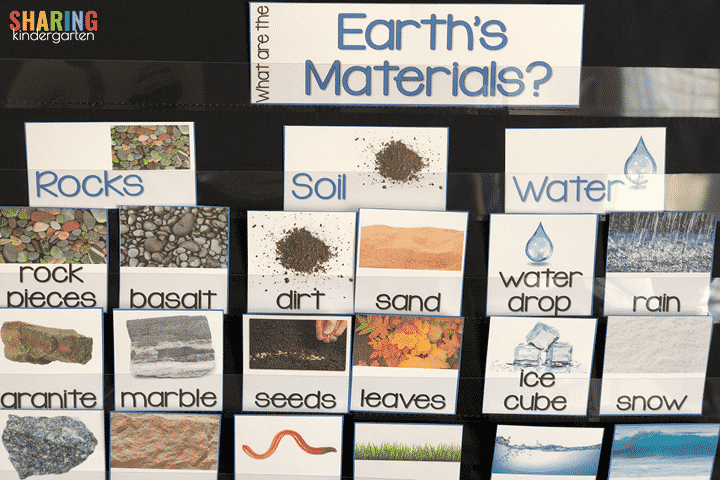
What are Earth’s Materials?
On day one of All About Earth’s Materials we spend time talking about the Earth’s materials, which is better known as the THINGS that can be found on Earth naturally. Rocks, soil, and water are Earth’s materials. I used these sorting pieces to have a conversation about how we can identify and describe these materials. Once we identify what the picture is, we can sort it into where it goes.
Since we always want to connect our science topics to another curriculum, we have a writing activity as well.
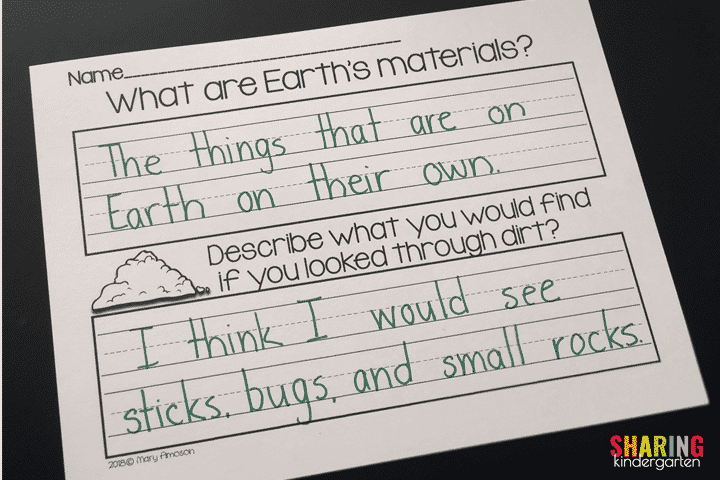
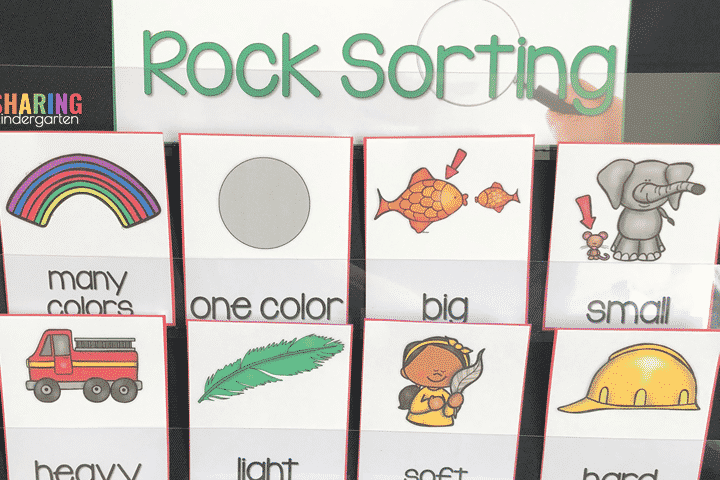
What about Rocks?
One of the best ways to lead a discussion about rocks is with ROCKS. Each child was asked to bring in a few rocks of their own. We had a small stash on hand just in case someone forgot. On day two we talk about how we can describe and sort rocks. There are many ways we can describe rocks, instead of just using the terms rocks or dirty or hard. All rocks are unique and amazing. We start this lesson by talking about ways we can describe. Once we list these ways, we are able to look at rocks differently.
Next, I printed out these sorting sheets onto smaller pages to help us sort rocks on our small tables.

To properly cover this standard, students had to explain why they thought their rock should be sorted in the way they sorted it. They also had to ask their partner about why they chose to sort their rocks. This was not a quiet activity! But it was fun! Constructing arguments and stating evidence for why you sorted is a lot of words for… explain to us why you put that rock into that group.

Rocks Rock!
Let’s dedicate day three to this rock unit for Kindergarten. This day goes into more details that your standard Kinder would need to know, but I have found that providing teachers with too much is always better than giving you too little. Plus, if your classroom is like mine, you most likely have a few rock-obsessed learners who are craving to know more information about rocks. This section covers the types of rocks with real images, in case you don’t happen to have a rock collection you can refer to on hand.
Next, this section also talks about the Rock Cycle itself. You can breeze over the basics or dive into more details… the choice is all yours.
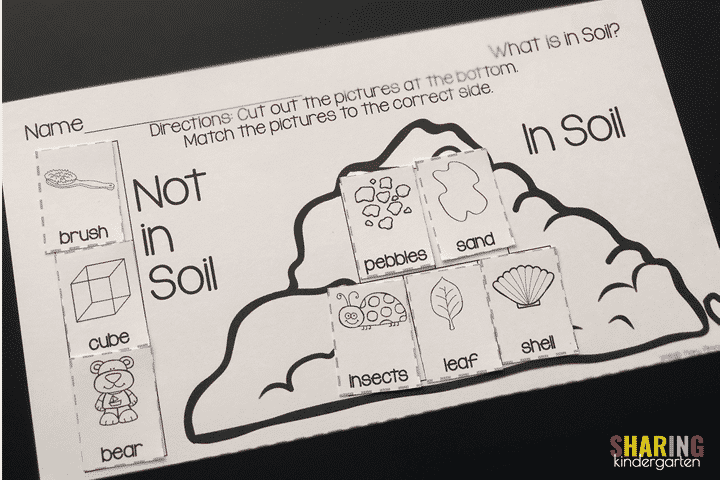
Digging into the Dirt
Then, we can talk about soil. What is soil? What is in soil? Let’s investigate this stuff called dirt. We planned to dig in the dirt at several different locations around our school. Go figure these days ended up NOT being the best weather days. We still dig into this dirt and we saw some pretty awesome things. Geologist hats were on, of course!
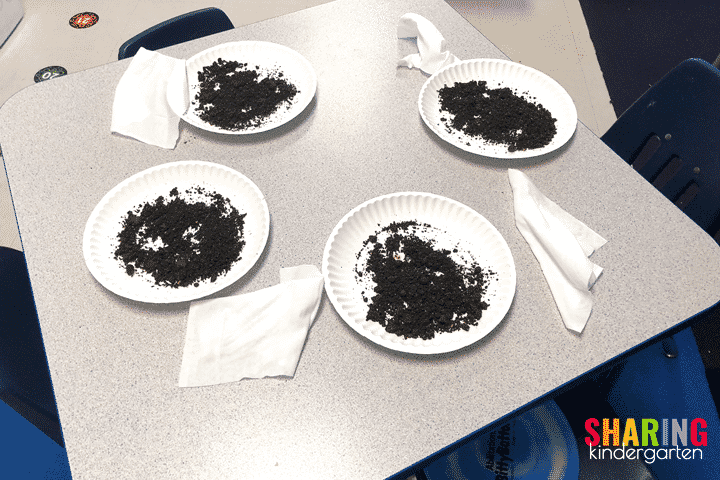
I couldn’t let this investigation just be about soil. We had to use this soil in other ways. So we used the soil we investigated to also be our sensory phonics trays. We place a small portion of dirt on each plate and also have each child a baby wipe. My thinking was… kids desire to play in the dirt so let’s learn in the dirt!
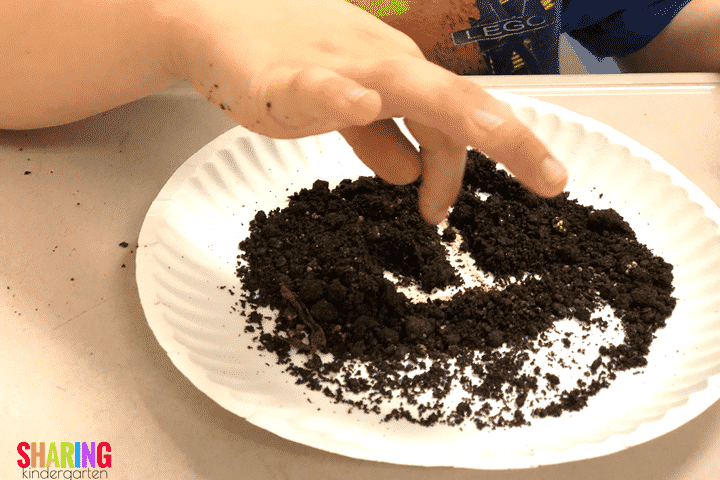
Our students were able to use their fingers to write their letters and sounds into the soil! We also wore our Geologist hats for this event.
Expanding Our Learning of the Rock Unit for Kindergarten
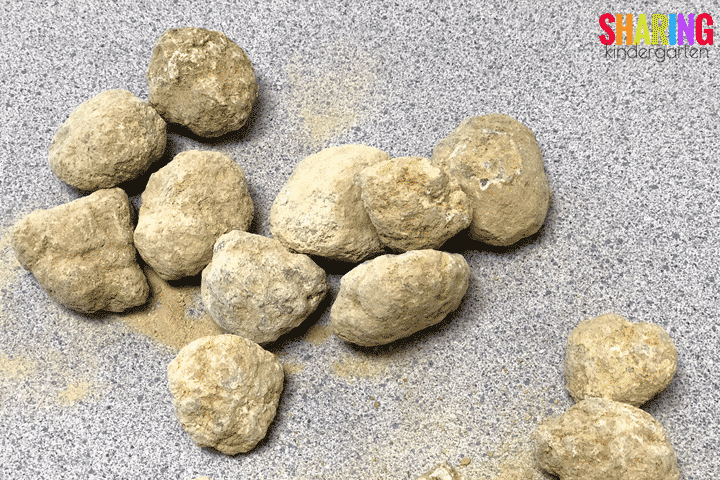
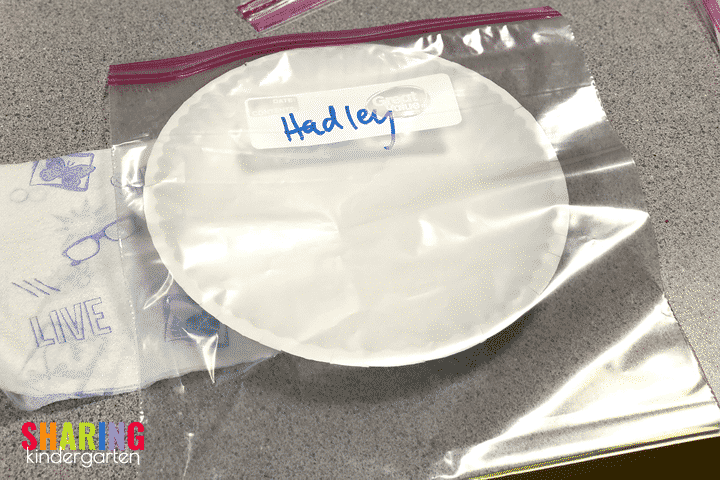
I love to leave my students with a really engaging, hands-on activity to connect their learning to FUN. Since they usually don’t know my big idea for the end of the week, it is kinda like a big secret you can’t wait to share. I grabbed some protective eyeglasses for my little Geologists. Then, I found these fun geodes to have my students break through! I love how they looked like rocks, but inside hold a HUGE secret.
We gave each child this setup… a plate to hold the geode inside a baggie. They could put their geodes in their bags to crack open. Please note: this damaged our tables! EEKK I didn’t Think through that step, but next time I will use my carpet squares as a pad for the tables. I wish I could show you my student’s faces when they cracked these open. THEY WERE BEYOND THRILLED. It was so much fun. No one was hurt, but the energy in the room was more than contagious. Some of the geodes were tough to crack but… we did it.
You can grab all these printables in my All About Rocks: Print & Play Pack. Because… well, Rocks are so much fun, and they rock. We love learning All About Earth’s Materials.
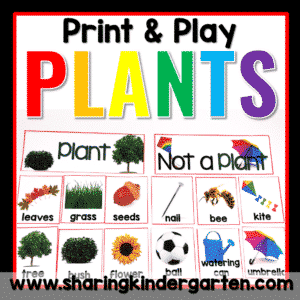
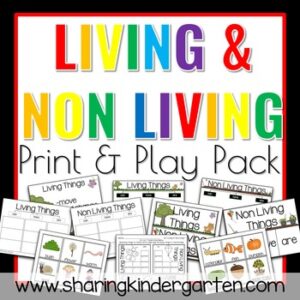
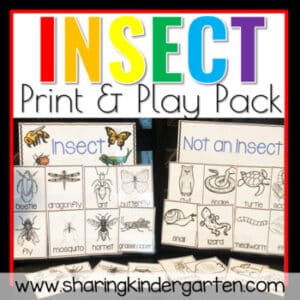

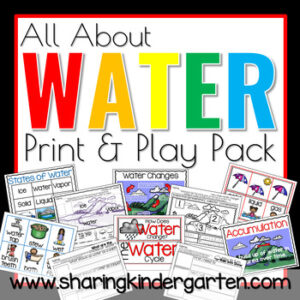

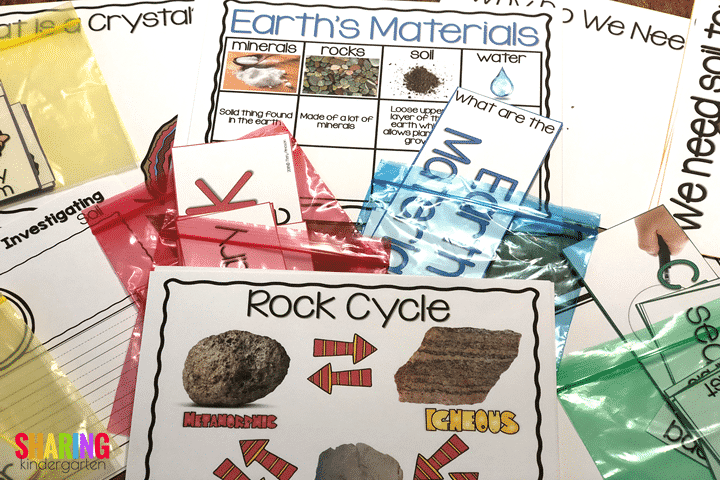
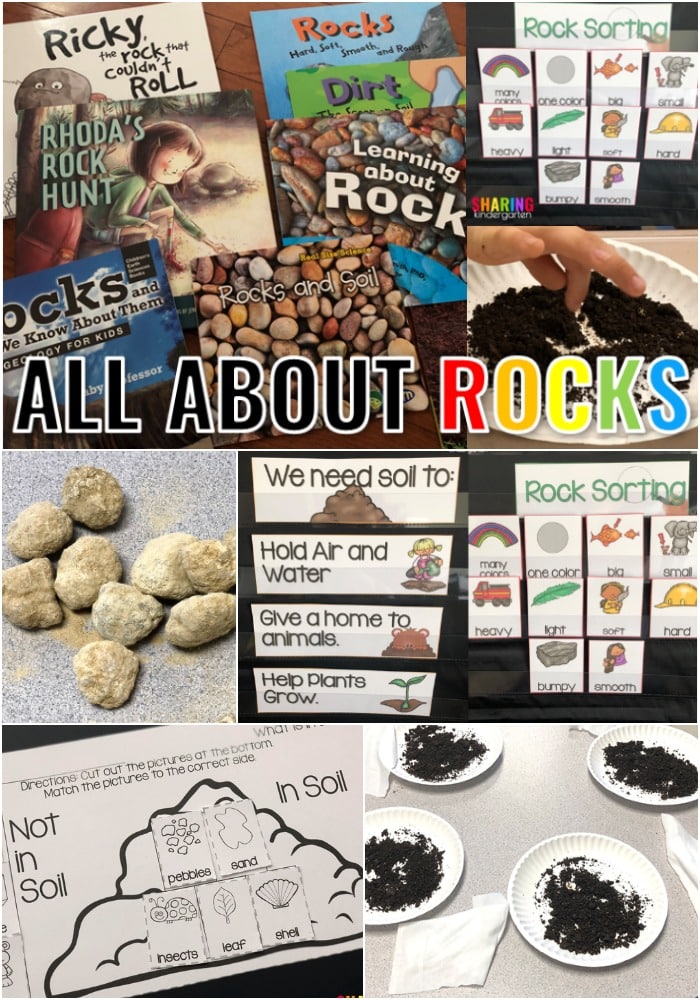
Thank you very helpful